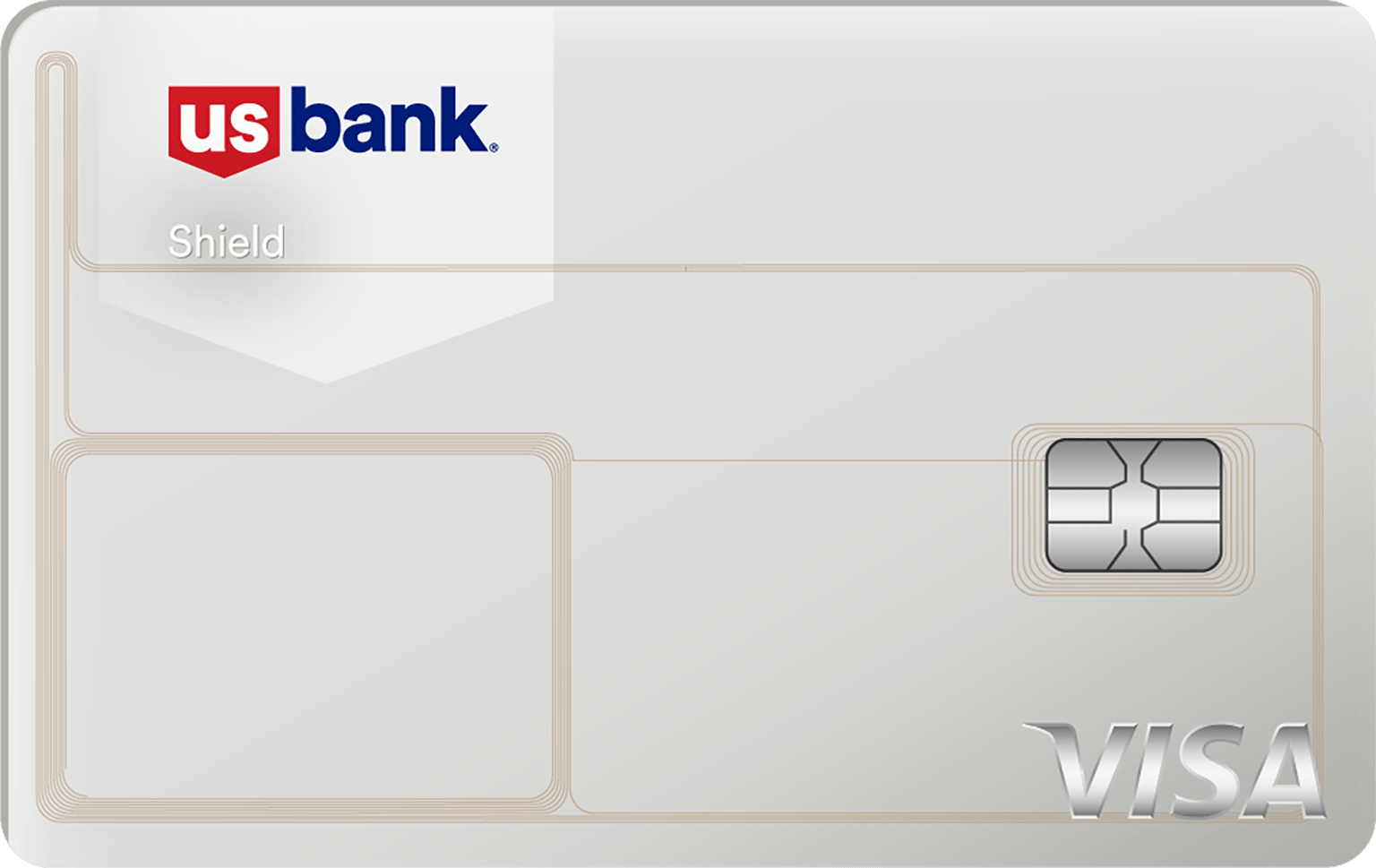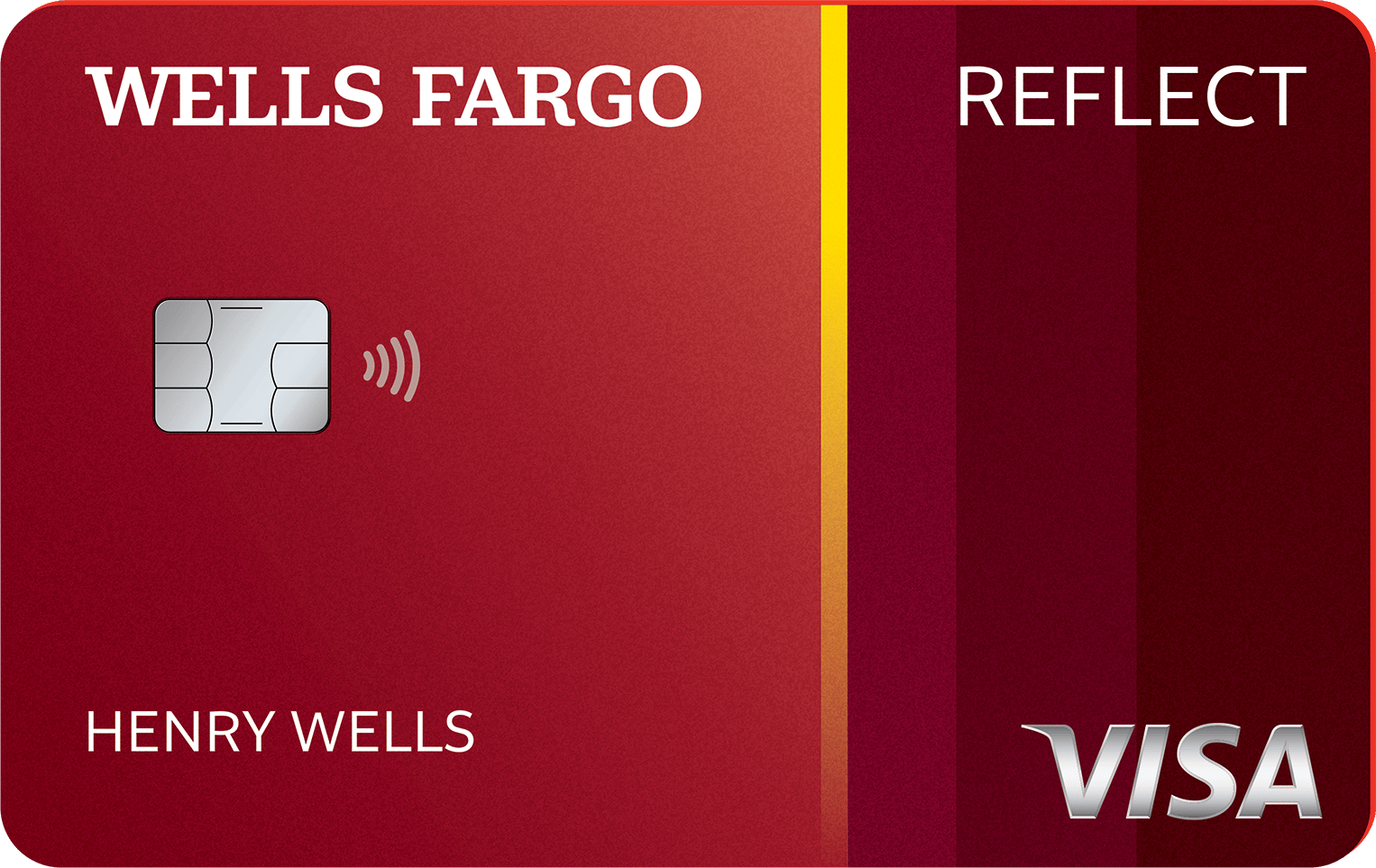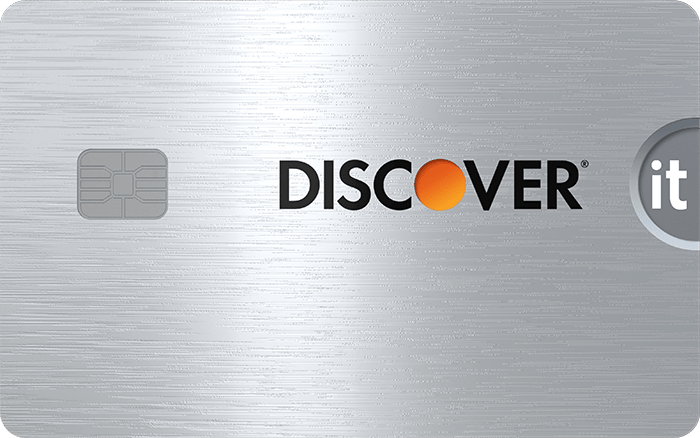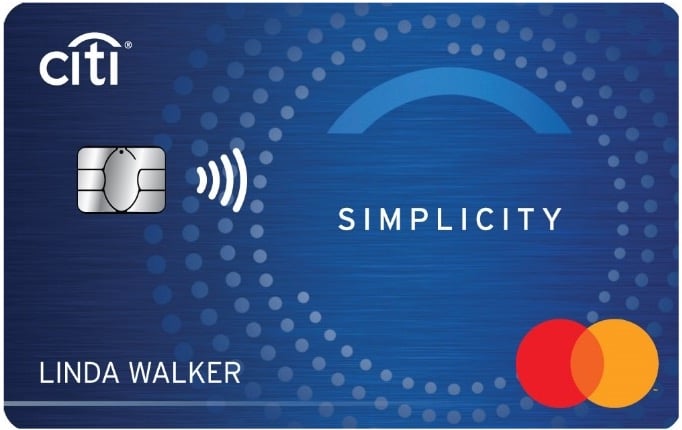Can I Use One Credit Card to Pay Off Another?
For direct monthly payments, typically no. But you can do a balance transfer in which you move high-interest debt to a new card with a lower APR.

Many or all of the products on this page are from partners who compensate us when you click to or take an action on their website, but this does not influence our evaluations or ratings. Our opinions are our own.
People who ask whether it's possible to use one credit card to pay off another are usually seeking to do one of two things: manage their debt load by shifting credit card balances around, or collect more rewards by earning points or cash back on debt payments. The first is possible, but it will cost you in fees. The second is ... not going to happen.
First things first: You can't directly pay your credit card bill with another card. In other words, when your credit card statement arrives and shows that you owe $100, you can't simply put that $100 on a different credit card the same way you might use a card to make a purchase.
And while it's possible to pay a credit card indirectly with a cash advance — for example, by using a different credit card to get cash at an ATM — doing so would be extremely expensive and inefficient, making it a poor choice.
But there is a way to use one card to pay off another and potentially come out ahead: by performing a balance transfer, in which you move debt from one card to another. Rules and restrictions apply, though.
In this article: Can I use one card to pay off another?
When transferring a balance: Yes
A balance transfer can save you money on interest by moving debt from a high-interest credit card to one with an introductory 0% APR offer. You can then pay down that debt more quickly because your entire payment can go toward reducing the principal balance.
Credit cards generally charge balance transfer fees of 3% to 5% of the amount transferred, so this option isn't free. Even so, if it would otherwise take you more than a few months to pay off your debt, you may well save money even with the fee. Balance transfers aren't instant, either; they can take weeks to go through. Also, they generally don't earn rewards.
For cards with long 0% intro APR periods for balance transfers and low transfer fees, see our best balance transfer credit cards.

APR: 0% intro APR for 18 billing cycles on purchases and balance transfers, and then the ongoing APR of 17.24%-28.24% Variable APR
Balance transfer fee: Intro fee of 3% of the amount transferred ($5 minimum) within 60 days of account opening. After that, 5% ($5 minimum). This fee may be different if you apply directly via U.S. Bank.
APR: 0% intro APR for 21 months from account opening on purchases and qualifying balance transfers, and then the ongoing APR of 17.74%, 24.24%, or 28.49% Variable APR.
Balance transfer fee: 5% of the amount transferred ($5 minimum).
APR: 0% intro APR on Purchases for 6 months and 0% intro APR on Balance Transfers for 18 months, and then the ongoing APR of 17.74%-26.74% Variable APR.
Balance transfer fee: 3% intro balance transfer fee; up to 5% fee on future balance transfers (see terms).
APR: 0% intro APR on purchases for 12 months and 0% intro APR on balance transfers for 21 months, and then the ongoing APR of 17.74%-28.49% Variable APR.
Balance transfer fee: 3% intro fee (minimum $5) for transfers completed in the first four months. After that, 5% (minimum $5).
To pay your monthly bill directly: No
Paying a monthly credit card bill with a different card generally isn't an option. Don't expect to earn easy points and miles in a never-ending cycle or quickly buy yourself more time to pay off debt this way.
Credit card issuers usually require you to pay credit card bills with a bank account when you're making payments online or over the phone. You'll have to provide information like an account number and routing number — and you can't just substitute a credit card number instead.
In part, these restrictions exist because issuers want to limit their risk. A customer who pays one credit card with another may be more likely to default on payments.
Terms and conditions apply. Credit products subject to lender approval.

With a cash advance: Yes, but it’s a bad idea
It's possible to use your credit card to get cash out of an ATM, then use that money to pay off another card. But such a transaction — a cash advance — typically comes with high fees and interest rates, making it an incredibly expensive way to get fast cash.
It's also not the way to go if raking in rewards is your goal. Cash advances generally don't earn rewards. And even if they did, the high fees and interest charges associated with them would eclipse the value of any benefits you might earn.
Can't pay your minimum? What to do
When money is tight, not having the option to pay one credit card with another might leave you with the lingering question of how to cover your minimum payment — especially when your credit card payments are taking a back seat to bad-things-will-happen-if-you-don't-pay-them bills, such as rent, car payments and child care.
If this is the case for you, here's where to start.
Assess your situation. Review your credit card accounts and overall budget. Knowing the amounts owed, the interest rates and how much you can afford to pay each month can help you get a better idea of how serious your cash shortfall is and help you decide how to prioritize each bill.
Communicate with your creditors. You may qualify for a credit card hardship program, which might lower your monthly payments and provide temporary relief. This could be a good way to go if your money trouble is temporary and you think you can pay down your balance with more time or adjusted terms.
For chronic money trouble, consider other options. If you're constantly struggling to pay the minimums and feeling overwhelmed by debt — for example, if your debt (excluding a mortgage) is greater than 40% of your income and you see no way to pay it off within five years — bankruptcy might be your best option. Consider consulting with a bankruptcy attorney to review your situation.
Find the right credit card for you.
Whether you want to pay less interest or earn more rewards, the right card's out there. Just answer a few questions and we'll narrow the search for you.









